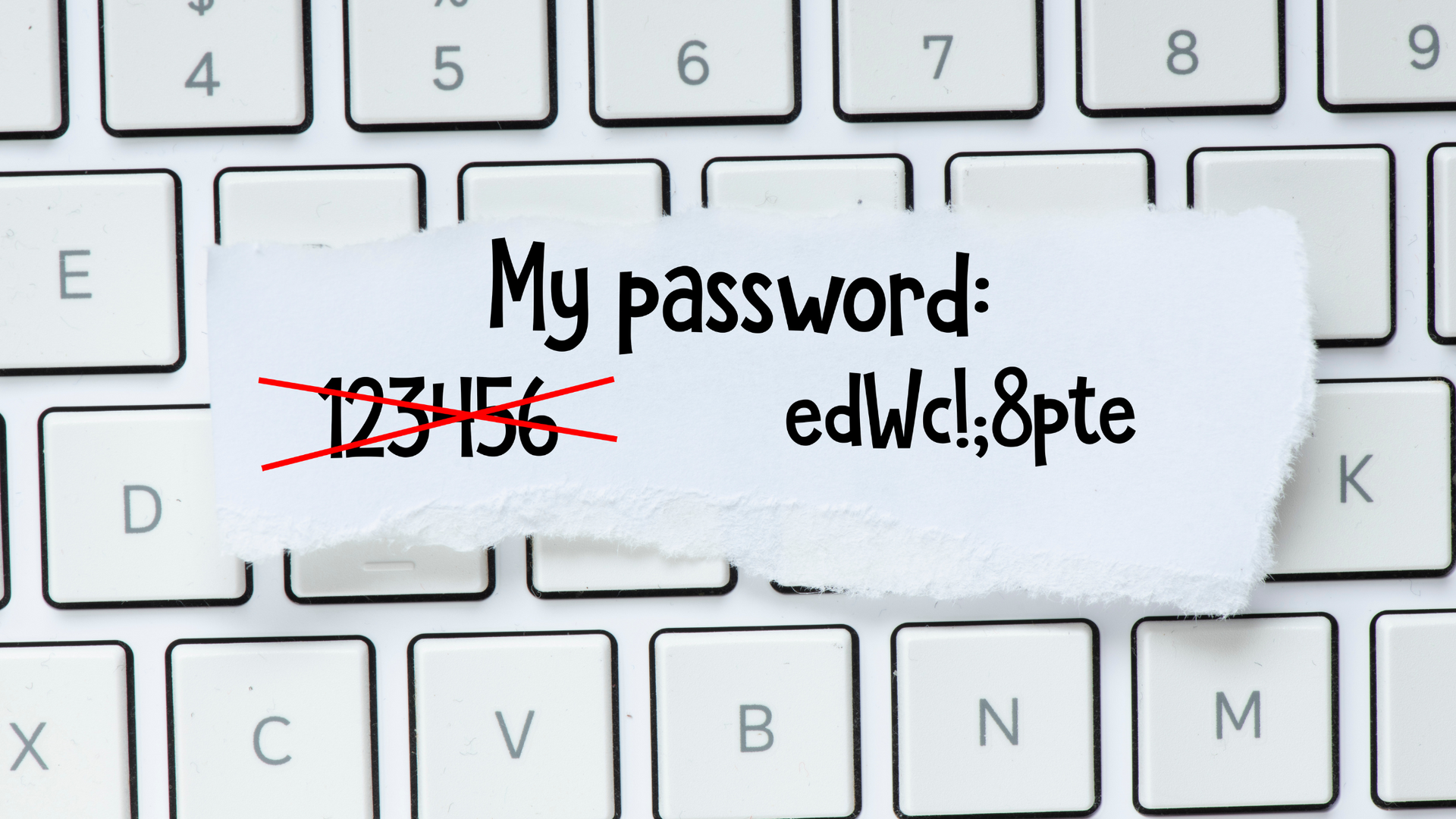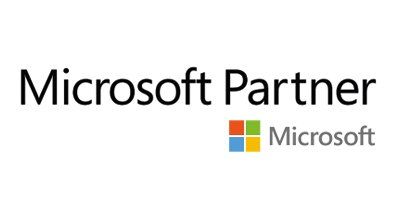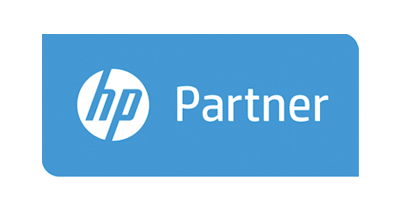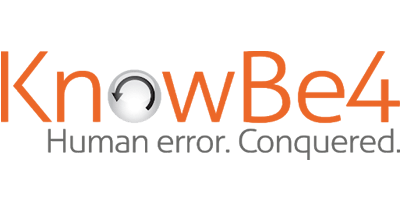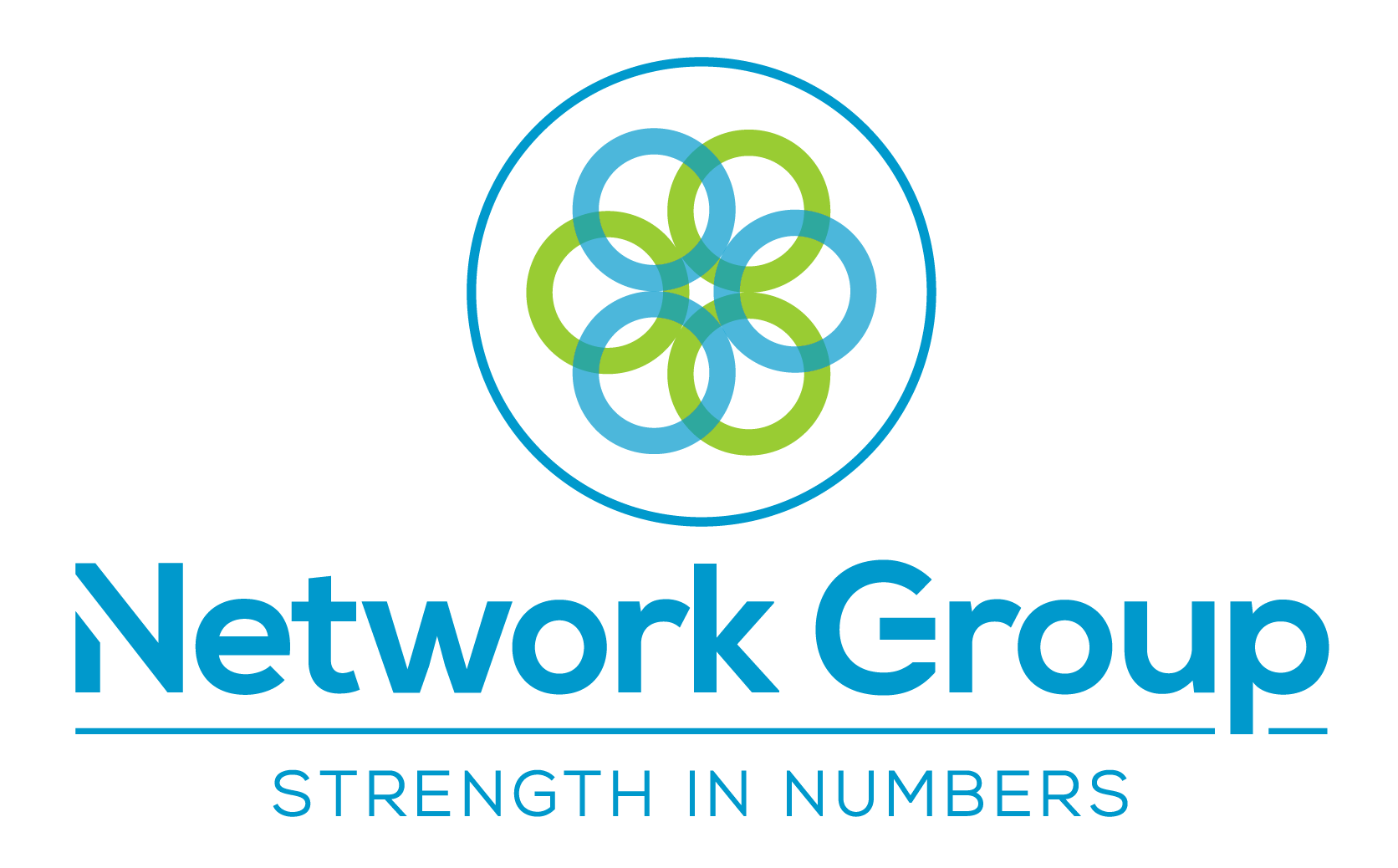Blog Layout
5 Ways To Make Remote Working Your New And Better Normal
Chris Lunn • November 22, 2020
The pandemic has changed so much about our lives, including how we work. COVID-19 forced companies to switch to remote working quickly, but as more and more people work from home for more extended periods, many believe it will become the new normal for the way work gets done.
A study by global digital consultancy Publicis Sapient found that remote workers want the flexibility to work from home in some capacity even after offices reopen. Close to 40% of US respondents said they’d prefer to work remotely full-time, and only 16% said they would want to go into the office every day.
But even with reports of greater satisfaction and productivity, remote work is not without its challenges. Distractions at home, isolation from colleagues, difficulty separating work and personal lives, and reduced guidance from managers are a few of the more common problems remote workers face. So here are five ways to help overcome these challenges and make remote working your new and better normal
Clearly Defined Physical and Mental Workspaces
Separating your work and home life is one of the biggest remote work challenges. If you never fully disconnect from work, you might also be increasing your risk for burnout.
Ideally, you should have a dedicated workspace to work from home, but only 20% of remote workers have an at-home office. Instead, most people repurpose a desk in a bedroom or living room, work from a couch, a kitchen table, or anything in-between. The benefit of a clear and dedicated workspace in your home, though, is that you can feel as though you are physically “entering” and “leaving” each day. This separation will help you turn “on” at the beginning of the day and turn “off” when the day is done.
Just as you define your physical workspace, it’s also important to clarify what times you are working and when you’re not. You should also be transparent to team members, your manager, and those around you at home about your hours so you can establish boundaries, reduce distractions, and be more “present” within both your work and home life.
Carve Out Time for Transitions
Most people view the lack of a commute as one of the significant benefits of working remotely. In fact, 67% of remote workers feel the time lost each day from commuting and getting ready for work is a drawback of returning to the office. But one overlooked benefit of the daily commute is that it gives your brain time to transition between your home life and the workday. That time you spend in the car or on the train also allows you to mentally prepare for your day before you start or decompress once the workday is over. This extra time is an important buffer to help you make the mental shift each day, so without a physical commute, you still need to create that transition time for yourself. Build a daily habit of listening to music, working out, taking a walk, or any activity that signals to you that you are switching from home to work, and vice versa.
Strong Team Communication
Without in-person, real-time office communication with colleagues, communication can feel fragmented, impacting team collaboration, and productivity. Managing your communications through messaging platforms, using document share and collaboration platforms, and video chats for daily connection points are critical to making sure you stay connected, updated, and can handle issues and solve problems as they occur.
Regular Connection with Boss
One prevailing fear that many companies had of remote work was that employees would be less productive without constant physical oversight. The good news is that there is strong evidence for the opposite—surprisingly large numbers of employees said they have been able to maintain or even improve their productivity. You want to make sure that you are not out of sight, out of mind, so regular check-ins with your boss serve a few purposes. One is to let them know what you are working on and to receive feedback. Another goal is to recap your accomplishments so that your achievements do not go unnoticed and you remain top-of-mind for new opportunities.
Stay Socially Connected
As humans, we are wired for connection. For all of the benefits of working remotely, one of the downsides is the lack of spontaneous brainstorms, lunches, or conversations that occur when you are physically co-located with your colleagues. These human touchpoints reduce isolation, break up the monotony of repetitive tasks, and provides motivation when needed.
A few ways to stay connected with your colleagues is to set aside time for activities such as virtual lunches, social hours, and book clubs. These kinds of social connections are now more important than ever as we continue to navigate and adapt to uncertain times.
Join Our Mailing List
Thank you for contacting us.
We will get back to you as soon as possible.
We will get back to you as soon as possible.
Oops, there was an error sending your message.
Please try again later.
Please try again later.
All sign-ups are handled inline with our privacy policy and can unsubscribe at any time.
Recent Blogs

By Craig Atkins
•
February 3, 2025
Businesses are constantly faced with decisions about how to best manage their IT infrastructure. One of the most significant choices is whether to adopt cloud services or stick with on-premises solutions. Both options have their advantages and drawbacks, and the right choice depends on your business's specific needs and goals. Let's explore the key differences between cloud services and on-premises solutions to help you make an informed decision.

By Grant Taylor-Davis
•
January 23, 2025
One of the most effective ways to protect your organisation from cyber threats is through Security Awareness Training. But what exactly is Security Awareness Training, how does it work, and why is it essential for your business? Let's explore these questions with a focus on KnowBe4, a leading platform in this field.
Get in Touch
Fill in this form to contact us and we'll get back to you ASAP (same working day where possible):
Contact Us
Thank you for contacting us.
We will get back to you as soon as possible.
Oops, there was an error sending your message.
Please try again later.
1-Fix Limited
Company Registration Number: 06543233
Registered address:
1-Fix Limited
1F02 Arena Business Centre, 100 Berkshire Place, Winnersh Triangle, Wokingham, Berkshire RG41 5RD







